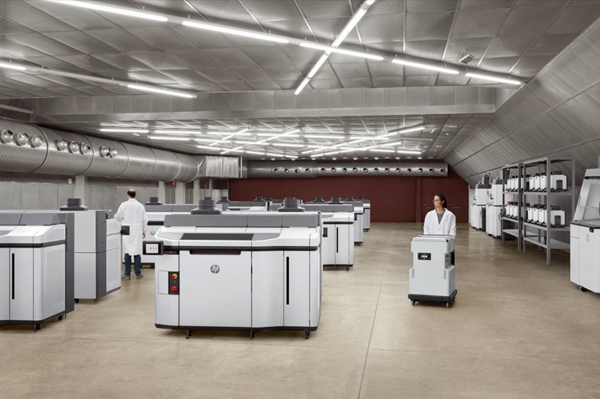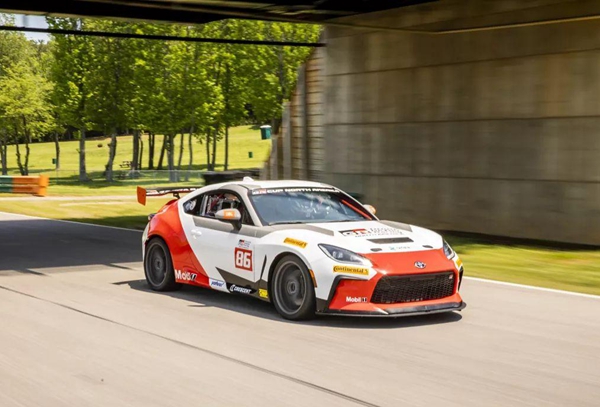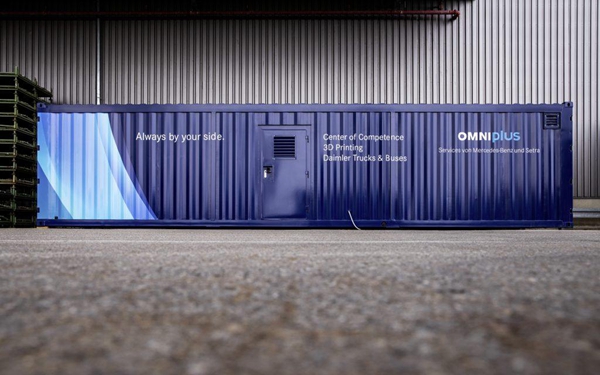Japanese car manufacturer Toyota has begun a partnership with SOLIZE to 3D print spare car parts on-demand. As part of the project, which began last year, Toyota is now using HP Multi Jet Fusion 3D printing to create stock parts, which it then sells alongside traditionally produced spare parts. In addition to providing the company with enhanced short-term production capacity, the use of the technology is said to optimise the design and delivery times of newly developed parts.
"Every day, we are seeing the growing popularity of 3D printing applications in many different industries around the world, especially in the automotive industry," said Nobuki Okado, MD, HP Japan. "Leading automakers like Toyota Motor Corporation are demonstrating the power of 3D printing for flexible design, speed to market and sustainable impact, and HP and SOLIZE continue to work together to meet the demand for more innovative, personalized and sustainable products."

HP Multi Jet Fusion 5200 3D printer and powder handling unit. Image from HP.
Toyota's automotive 3D printing expertise
As you would expect from one of the world's largest car manufacturers, Toyota uses a range of production technologies to take its vast automotive portfolio from drawing board to reality. In a number of cases, the company's diverse manufacturing needs have led it to turn to 3D printing. For example, the company worked with Materialise to develop an ultra-lightweight 3D printed car seat.
Since then, Toyota has continued to invest in the development of the technology by working with DSM to develop Somos Taurus, a material said to be ideally suited to automotive applications due to its high heat deflection temperature of 95°C. Meanwhile, at the University of Waterloo, the company has a 3D printing division named after it, after donating C$2.1 million to the institution in 2019 to advance its research and development.
The company also continues to increase its adoption of the technology at its Toyota Motorsport division. To date, the company's motorsport division has announced plans to develop new lightweight automotive materials and has committed to working with 3D Systems to develop "advanced technologies" with high-end motorsport applications. Most recently, the company's in-house tuning division, Toyota Racing Development (TRD), has appointed Stratasys as its official 3D printing partner. In its new role, Stratasys has helped TRD develop several end-use 3D printed parts for the Toyota GR86, a sub-£30,000 production car that will compete in the new single-brand GR Cup series.

Toyota's GR Cup-spec GR86 race car. Image from Toyota.
Meeting growing demand with SOLIZE
Toyota's spare parts 3D printing programme has been set up in response to growing customer demand and is understood to be multi-faceted. On the one hand, the company has partnered with SOLIZE to produce prototypes from a set of 5200 series systems and to ensure the quality of its final products. On the other hand, HP says the technology is also helping Toyota "create a more flexible manufacturing process".
Although the company has not yet revealed the nature of the parts it has started 3D printing, the 380 x 284 x 380 mm build volume and 5058 cubic centimetres per hour print speed of its machines allow it to scale to industrial capacity when needed. Similarly, since the launch of the 5200 series, HP has been working with BASF to support it with materials such as highly reusable PP5, which can be used to make functional, durable parts.
The partnership with SOLIZE, a company with a background in automotive 3D printing, is also said to have been key to Toyota's successful adoption of the technology in spare parts production. In March 2021, it was revealed that the company was 3D printing spare parts for Nissan's legacy NISMO cars, and it now appears to be playing a similar role to facilitate Toyota's wider deployment of HP machines.

Daimler Buses and its service brand Omniplus have created a mobile printing centre for decentralised production of 3D printed spare parts to enable faster delivery of spare parts to bus customers. Photo from Daimler.
Strengthening the automotive supply chain
Given that COVID-19 and Russia's war in Ukraine continue to cause problems in global supply chains, it is not surprising that more and more automotive companies are turning to 3D printing and in-house production to solve these problems.
For example, in June 2021, Daimler's truck and bus division (now trading separately from the wider Mercedes-Benz Group) launched a spare parts 3D printing centre in partnership with service brand Omniplus. Although the facility is located in Hamburg, it can be deployed via truck to any location and requires only electricity and an internet connection to operate.
Shortly afterwards, Sauber Engineering, a division of the Sauber Group, also announced plans to build a 3D printed product for classic car parts. At the time, Sauber was reportedly looking to use the expertise it had gained during its 28 years with the F1 team to set up a service that offered reverse engineering and printing of discontinued components. Elsewhere, companies such as Porsche have used the technology to ensure the sustainability and accessibility of replacement parts for their classic cars. The company began using custom printing tools in 2018 and has added a number of SLS and SLM 3D printed spare parts to its catalogue, which are designed to help customers keep their vintage cars running for longer.





